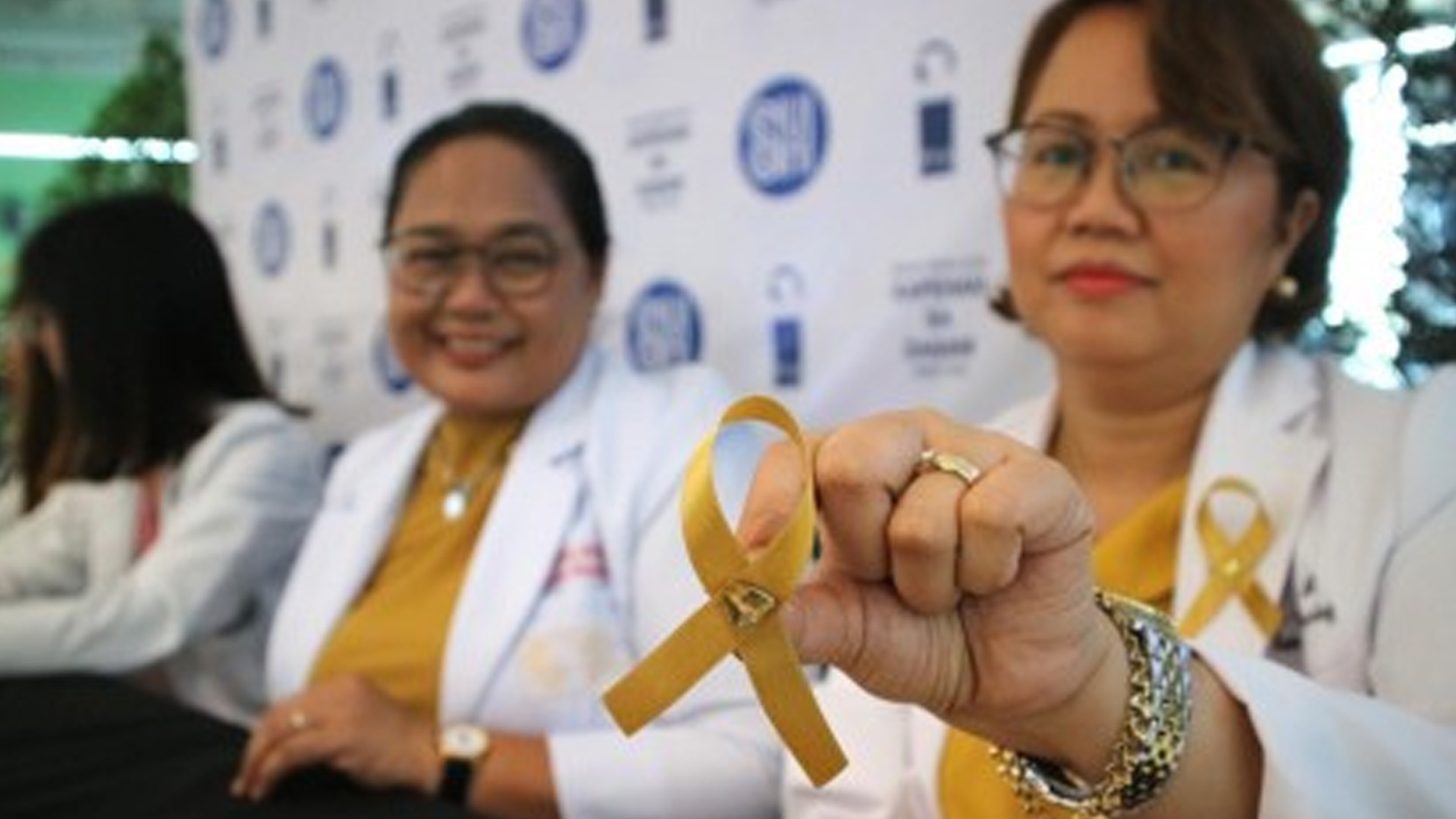A group of oncologists is advocating for increased awareness on childhood cancer to ensure all affected children receive proper care and treatment.
In a press briefing on Monday, Dr. Mae Concepcion Dolendo, a pediatric oncologist, said childhood cancer is highly curable with more than 80 percent of survival in high-income countries.
However, in low to middle-income countries such as the Philippines, Dolendo said the overall survival is currently at 30 percent.
“There are many barriers to health care access that include lack of awareness and knowledge about childhood cancer, limited specialist care and referral centers for pediatric cancer, poverty, financial difficulties, and geographically isolated and disadvantaged areas, particularly in Mindanao,” she explained.
Dolendo said the Philippines is among the first World Health Organization-focused countries in the Global Initiative for Childhood Cancer launched in 2018 to improve pediatric cancer survival worldwide to 60 percent by 2030.
Over 5,000 new childhood and adolescent cancer cases are expected to be diagnosed in the Philippines yearly, she said.
She said the Southern Philippines Medical Center (SPMC), the biggest Department of Health-run hospital, serves as an end-referral center for pediatric cancer in Mindanao.
Through the National Integrated Cancer Control Act of 2019, the SPMC became an institution of excellence for childhood cancer.
It developed into a facility where patients can have access to universal health care, cancer assistance funds and cancer medicine access programs.
“The global pandemic has impacted the access to care of pediatric cancer patients with numbers dropping to 268 in 2020. However, there is an observed increase to 349 by 2022 and currently, there are 527 new and old pediatric cancer cases treated by the Mindanao Pediatric Cancer Care Network,” she added.
Common youth cancer
Dolendo said acute lymphoblastic leukemia is the most prevalent childhood cancer in this setting, with an overall survival rate of 50 percent.
Retinoblastoma, a type of eye cancer, is also the most frequently diagnosed solid tumor.
“Childhood cancer is way different from adult cancer. It has multifactorial causes ranging from genetic predisposition and environmental exposure. Our strategy is early detection by bringing patients to the hospitals capable of treating cancer,” she said, adding that the public should also maintain a healthy lifestyle to combat the disease.
September is International Childhood Cancer Month. (PNA)







